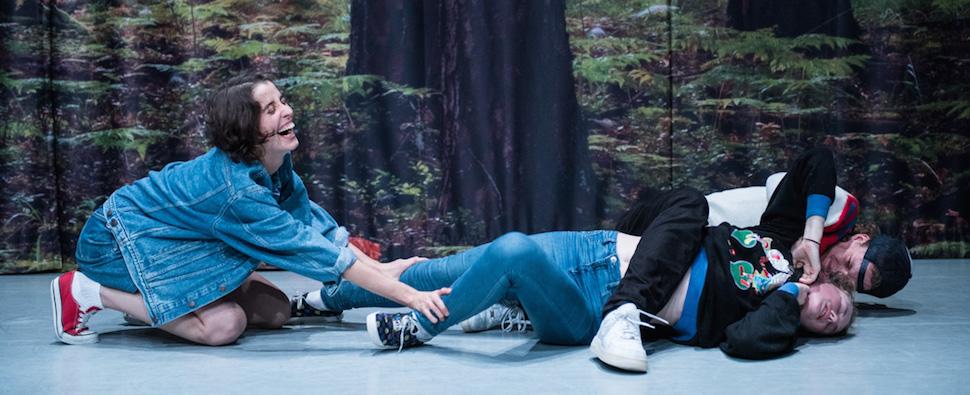How Did I Die is a physical and associative reconstruction of a murder, most of which is performed backwards. A young girl is murdered and the spectator is the detective. The spectator sees the last hours of the victim - performed live by actors - played and rewound, as if he or she is watching video evidence. The constant inclusion of small, new changes in the repeated events means that a range of possible murderers and motives is generated so that the spectator is forced to adopt the role of the detective. Why did her friend suddenly have to leave? Where is the cup that might have DNA on it? I try to play with the perception of the spectator by playing with the conventions of the crime film and the ability to play and rewind video. Does a reconstruction lead the viewer closer to the truth, or is it misleading? How Did I Die is in essence about how ’truth’ is constructed and what variables can affect that construction.
In order to pursue these questions, I watched the Forensic Services department of the Amsterdam police at work and I watched how the media dealt with the major cases like Amanda Knox and Joran van der Sloot. The research kept revealing people’s need to invent a narrative that makes sense of things that they don’t understand. A narrative with a logical cause, effect and conclusion. But this need, however, contrasts with how life really is: chaotic and incomprehensible.
How Did I Die explores the conflict between this longing and the hard reality.
